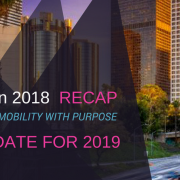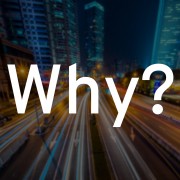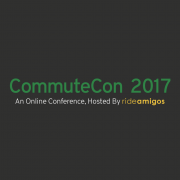Open Street Map (OSM): Getting the most out of your TDM software
Rob Ludwig is RideAmigos’ backend developer. He shares some insight into how powerful a tool Open Street Map (OSM) can be, and how to maintain its high quality.
What Does it Do?
- Free, open map of the planet with metadata.
- Essentially a “Wikipedia” for geodata.
- Uses the open database license.
- Users can edit map info with streets, sidewalks, trails, and other features.
- Provides local, on-the-ground knowledge.
- Really available for use in commercial and noncommercial products.
- Allows hundreds of different public transportation tags, along with roads and ways tags.
How to Maintain High Quality Data
- Look at underlying OSM data when routing is counter-intuitive.
- Participate in shaping data formats: new tags.
- Encourage community participation, even if it’s armchair mapping.
- Participate in and sponsor “Mapathons.”
The Benefits of Good OSM Data
- Thousands of small, medium, and large apps use it.
- Heavily used in academic settings.
- A “Wikipedia” for most landmarks and cities.
- Many humanitarian organizations use OSM after natural disasters occur to get the most accurate form of geodata on the area affected. (example: nepal 2015 earthquake)







Leave a Reply
Want to join the discussion?Feel free to contribute!